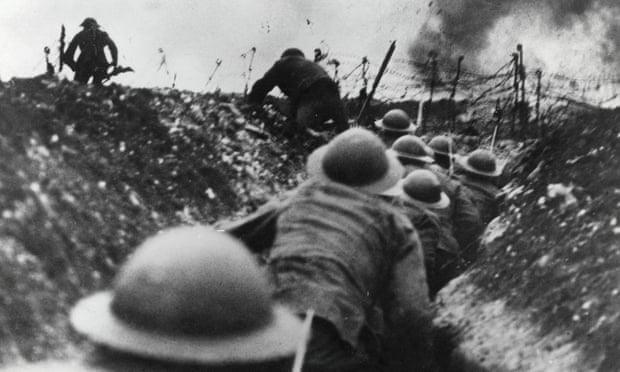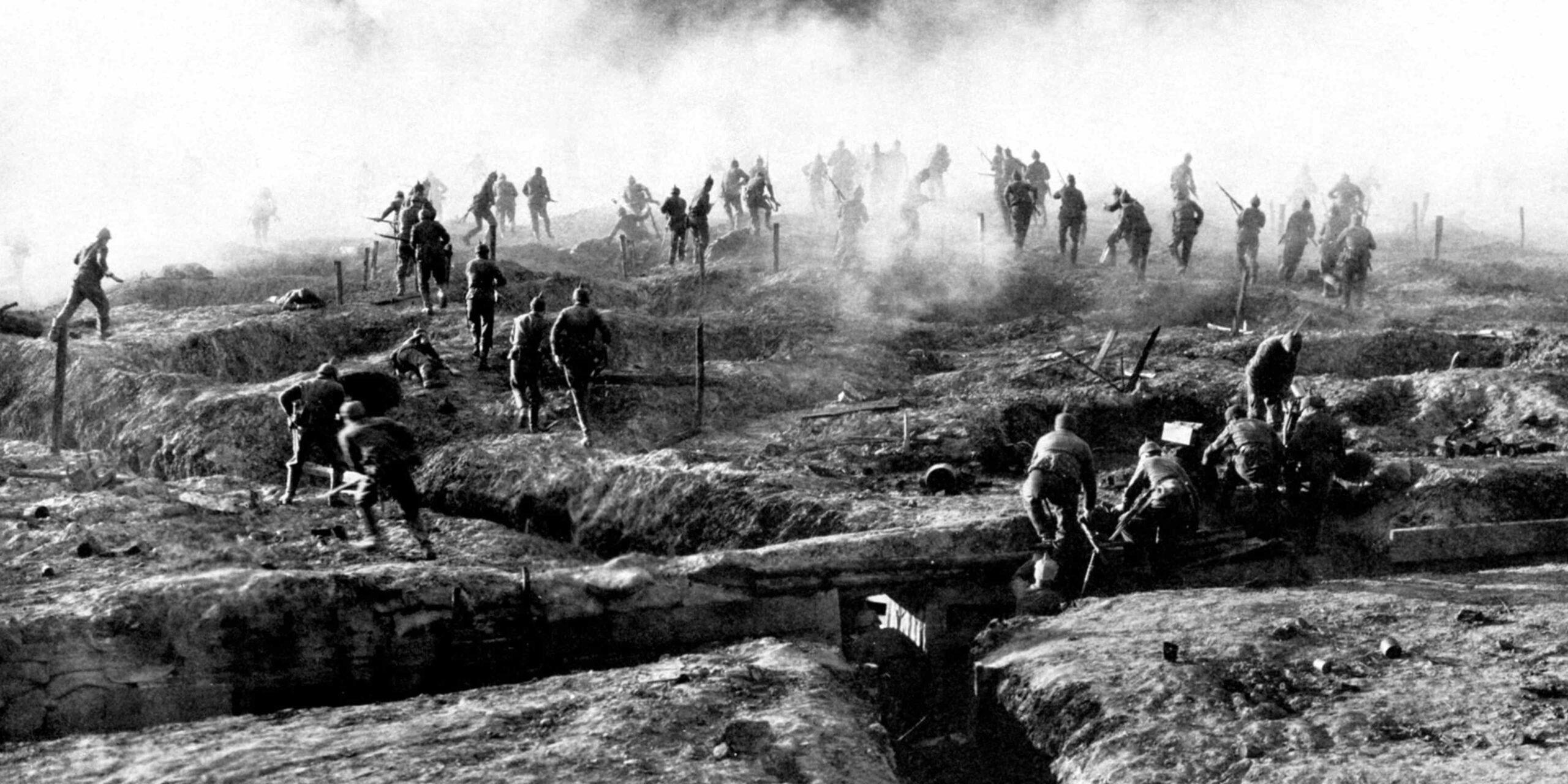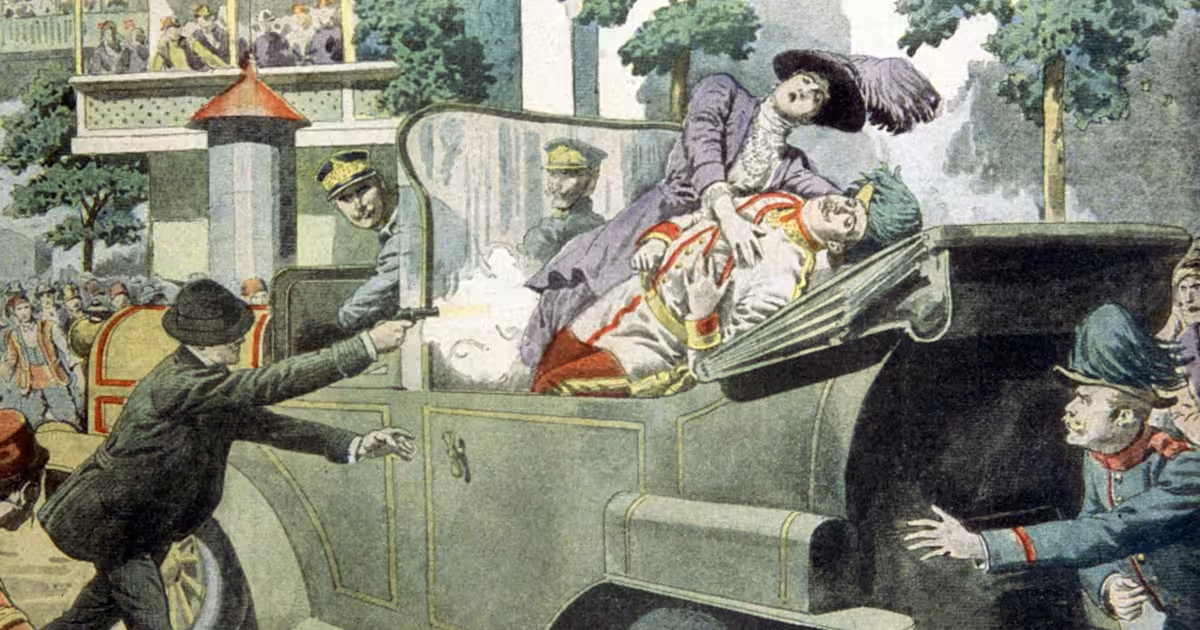
The First World War: Trench Warfare and the Stalemate of the Western Front
Introduction: The Great War and its Defining Feature
World War I, also known as the Great War, engulfed the globe from 1914 to 1918, leaving an indelible mark on the 20th century and beyond. This catastrophic conflict, one of history’s deadliest, pitted two major alliances against each other: the Allies (primarily France, Britain, Russia, and later the United States) and the Central Powers (Germany, Austria-Hungary, the Ottoman Empire, and Bulgaria). While battles raged across multiple theaters, the Western Front, stretching from the North Sea to the Swiss border, became a symbol of the war’s brutal and protracted nature. This front was characterized by a seemingly endless stalemate, a grim reality largely shaped by the horrific and innovative—for its time—strategy of trench warfare. This essay delves deep into the evolution of trench warfare, its contribution to the Western Front’s stalemate, the devastating impact on soldiers and civilians, and the war’s lasting consequences on the geopolitical landscape and the very nature of warfare itself.
The Initial Blitzkrieg and the Dawn of Stalemate
The initial stages of World War I were marked by a fervent belief amongst military leaders in a swift and decisive victory. The Schlieffen Plan, Germany’s ambitious strategy, aimed for a rapid knockout blow against France before turning east to confront Russia. The German advance through Belgium was initially successful, but the Allied forces, utilizing a combination of effective defense and strategic retreats, managed to halt the German offensive at the pivotal First Battle of the Marne in September 1914. This battle marked a critical turning point, shattering the illusion of a quick war and setting the stage for the protracted conflict that followed.
The failure of the Schlieffen Plan, coupled with the entrenched nature of the opposing armies, led to the spontaneous creation of defensive lines. Initially rudimentary ditches, these fortifications quickly evolved into elaborate systems of trenches, creating a continuous line stretching hundreds of miles. These trenches were not mere ditches; they became complex, fortified networks, often comprising several lines of defense, interconnected by communication trenches, and protected by barbed wire entanglements. The space between opposing trenches, known as “no man’s land,” became a death trap, a desolate expanse of mud, craters, and barbed wire, constantly subjected to artillery fire.
The Evolution of Trench Warfare: A Race for Technological Superiority
The early, relatively simple trenches quickly underwent a process of refinement and fortification. Both sides engaged in a relentless arms race, striving to develop better defensive and offensive technologies. The Germans, particularly, became masters of trench construction, creating intricate systems of interconnected fortifications designed to withstand prolonged sieges.
The introduction of new weapons dramatically altered the nature of trench warfare. Machine guns, with their devastating firepower, were crucial in creating impenetrable defensive lines. Artillery, both heavy and light, was used extensively, transforming no man’s land into a desolate and dangerous landscape. The sheer volume of artillery shells fired daily resulted in widespread destruction and significant casualties on both sides. Mortars, with their high-arching trajectories, proved particularly effective in targeting trenches.
The development of poison gas marked a grim escalation in the war’s brutality. First used by the Germans at the Second Battle of Ypres in 1915, poison gas caused immense suffering and casualties. Though initially a devastating weapon, the development of gas masks and other countermeasures eventually reduced its effectiveness, though it remained a persistent threat.
The use of barbed wire became synonymous with trench warfare. Vast quantities of barbed wire were used to create dense entanglements, making advances across no man’s land exceptionally difficult and deadly. Soldiers attempting to breach these wire obstacles faced a horrific gauntlet of machine-gun fire, artillery bombardment, and the constant threat of snipers.
Life in the Trenches: A Crucible of Suffering and Resilience
Life in the trenches was characterized by unrelenting hardship and psychological trauma. Soldiers lived in cramped, waterlogged, and unsanitary conditions, constantly exposed to the elements and the psychological strain of constant bombardment. Rats, disease, and lice were ubiquitous, contributing to widespread illness and despair. Sleep was often impossible, interrupted by the constant noise of artillery fire and the ever-present fear of attack.
The constant threat of death and injury weighed heavily on the minds of soldiers. Shell shock (now known as post-traumatic stress disorder or PTSD) was rampant, yet poorly understood. Soldiers experienced nightmares, flashbacks, and extreme anxiety, with little access to effective treatment. Many soldiers succumbed to psychological trauma, while others found solace in camaraderie, faith, or simple acts of defiance against the grim reality of their existence. The emotional and mental scars of trench warfare were profoundly devastating, lasting long after the war had ended.
The physical conditions also took a devastating toll. Trench foot, a debilitating infection caused by prolonged exposure to cold, wet conditions, was incredibly common. Lack of proper sanitation led to the spread of diseases such as dysentery, typhus, and influenza, contributing to significant morbidity and mortality. Malnutrition was a constant concern, and many soldiers suffered from chronic exhaustion.
Despite these unbearable conditions, soldiers found ways to endure. They developed strong bonds of camaraderie, supporting each other through the shared trauma and finding moments of escape in games, songs, and writing letters home. The creativity of soldiers manifested in the construction of surprisingly comfortable and well-organized living spaces in their trenches, demonstrating the human spirit’s ability to adapt even in the face of utter devastation.
The Stalemate: A War of Attrition
The stalemate on the Western Front was a defining characteristic of World War I. For years, the front line remained largely static, with both sides locked in a brutal war of attrition. The enormous casualties inflicted by machine guns, artillery, and poison gas created a cycle of offensives and counter-offensives with minimal territorial gains. Massive battles, like the Somme and Verdun, resulted in hundreds of thousands of casualties, yet barely shifted the front lines.
This stalemate had profound implications for the war effort. It placed immense strain on the economies of all belligerent nations, demanding enormous resources to produce and maintain the vast quantities of munitions needed to sustain the war. It also led to widespread war-weariness and anti-war sentiment among the civilian populations, questioning the cost and purpose of the protracted conflict. The propaganda efforts of both sides struggled to maintain public support in the face of such appalling losses and minimal progress.
Breaking the Stalemate: New Technologies and Tactics
The attempts to break the stalemate led to the development and deployment of new technologies and tactics. Tanks, initially unreliable and slow, were deployed in limited numbers, attempting to overcome the obstacles of barbed wire and machine-gun fire. Aircraft were used for reconnaissance and eventually for bombing and fighting, albeit with limited success in early stages. The development of new artillery techniques, combined with improved communication systems, allowed for more coordinated assaults.
However, despite these technological advancements, the stalemate persisted. The defenses employed by both sides proved remarkably resilient, and the cost of human life in any offensive was simply too high. The massive casualties and minimal territorial gains gradually led to a re-evaluation of military strategies and a gradual shift away from the large-scale offensives that had characterized the early years of the war.
The End of the Stalemate and the Aftermath
The stalemate on the Western Front finally began to break down in 1917 and 1918. The entry of the United States into the war in 1917 provided the Allies with a much-needed boost in manpower and resources. The German spring offensive of 1918, while initially successful, ultimately failed to achieve a decisive breakthrough. The combined strength of the Allied forces, along with the exhaustion of the German army, led to a series of Allied offensives that pushed the German lines back, culminating in the armistice of November 11, 1918.
The war’s end did not mark an immediate resolution to the turmoil. The immense human cost, the shattered economies, and the widespread trauma left a lasting legacy. The Treaty of Versailles, though intended to create a lasting peace, instead sowed the seeds of future conflicts. The unresolved issues and the harsh terms imposed on Germany contributed to the rise of extremism and ultimately to the outbreak of World War II.
The Enduring Legacy of Trench Warfare and the Western Front
The experience of trench warfare and the stalemate on the Western Front indelibly shaped the course of World War I and profoundly influenced the development of military strategy and tactics in the following decades. The sheer scale of the casualties and the brutal nature of the fighting contributed to widespread disillusionment with war. The war’s impact extended far beyond the battlefield, shaping the political landscape, accelerating social change, and leading to profound shifts in the ways wars were fought and perceived. The trauma endured by millions of soldiers and civilians resulted in lasting psychological and social consequences.
The lessons learned on the Western Front forced a re-evaluation of military strategy. The emphasis on attrition warfare was eventually replaced by a focus on mobility and maneuverability, culminating in the development of Blitzkrieg tactics in the interwar period. The technological innovations of World War I—tanks, airplanes, improved artillery—would be further refined and adapted in the subsequent conflicts.
The study of World War I and the Western Front serves as a vital reminder of the devastating consequences of large-scale conflict and the enduring human cost of war. The lessons learned from this horrific period in history continue to hold relevance today, highlighting the importance of international cooperation, diplomacy, and the pursuit of peace. The legacy of trench warfare serves as a stark warning against the dangers of unchecked militarism and the devastating consequences of a prolonged stalemate, reminding us of the profound human cost of war and the importance of striving for peaceful resolutions to international conflicts.


